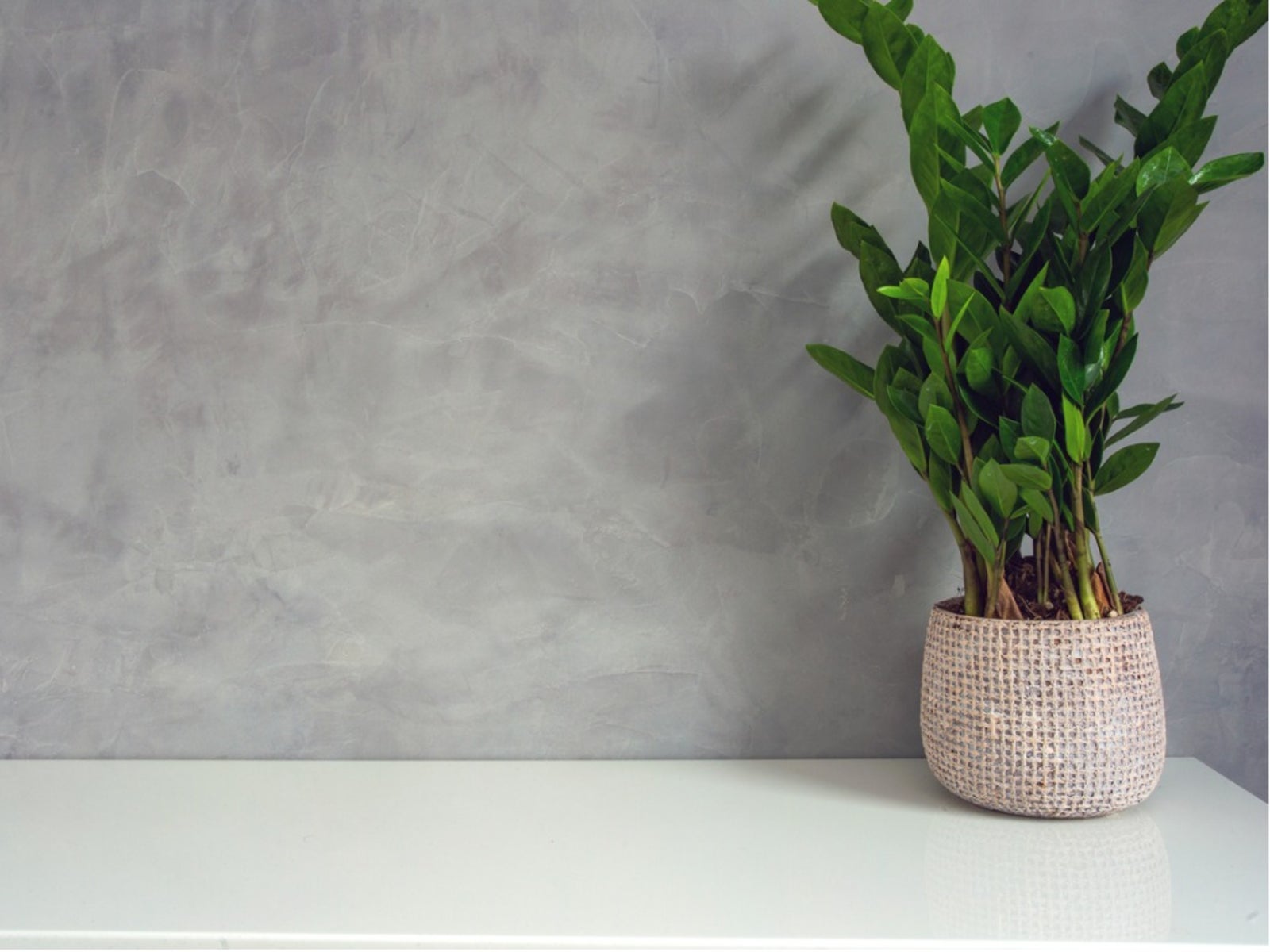My Houseplant Stopped Growing - Help, My Indoor Plant Isn’t Growing Anymore


Why isn’t my houseplant growing? It’s frustrating when an indoor plant isn’t growing, and figuring out what’s causing the problem can be tricky. However, if you watch your plants carefully, you’ll eventually begin to understand their particular needs.
In the meantime, here are some tips for troubleshooting a stunted houseplant.
Help, My Houseplant Stopped Growing!
Light: All plants need light. Some thrive in bright, direct light, but most prefer more moderate indirect light. If your houseplant stopped growing, you may need to move plants away from a too-bright window, or you can reduce the light with a sheer curtain. If, on the other hand, the light in your house is low, you may need to supplement available sunlight with grow lights or fluorescent tubes. Be sure to wipe the leaves occasionally, as dust blocks light and air.
Water: Lack of water, or too much, is a common reason for a houseplant not growing. Don’t get in the habit of watering on a schedule, because some plants need watering more often or less frequently. Most prefer to be watered deeply when the soil is fairly dry, rather than by dribs and drabs. Empty the drainage saucer after a few minutes, and never let the plant stand in water.
Fertilizer: When it comes to feeding plants, too little fertilizer is always better than too much. Most plants benefit from light, regular feeding during spring and summer, but very little or no fertilizer at all when the plant is dormant during the winter months. Too much fertilizer can cause stunted houseplants, wilting, and yellow leaves.
Repotting: If your indoor plant isn’t growing, check to see if it’s rootbound. If the roots are too crowded, there may not be enough soil to hold adequate water and nutrients, and the plant may starve. Look for roots growing on the surface of the soil, or extending through the drainage hole. The new pot should be only slightly larger, as a pot that holds too much soil can retain water that leads to root rot. Be sure the new pot has a drainage hole in the bottom.
Pests and disease: Pests are always a possibility when an indoor plant isn’t growing, and some are difficult to spot. For instance, spider mites are tiny pests that are difficult to see, but they leave visible webbing on the foliage. Watch for diseases such as powdery mildew or sooty mold, which are often linked to excess moisture. Viruses can cause stunted houseplants, too.
Sign up for the Gardening Know How newsletter today and receive a free copy of our e-book "How to Grow Delicious Tomatoes".

A Credentialed Garden Writer, Mary H. Dyer was with Gardening Know How in the very beginning, publishing articles as early as 2007.